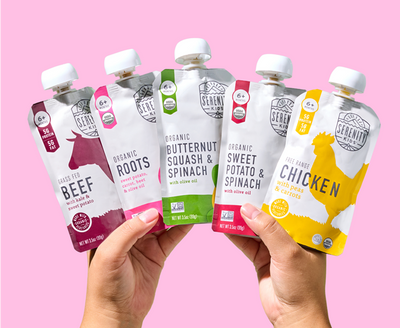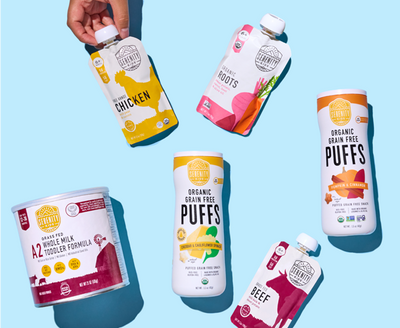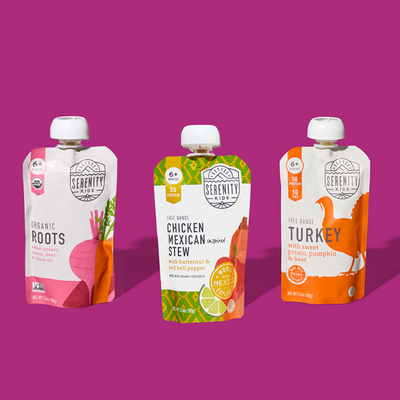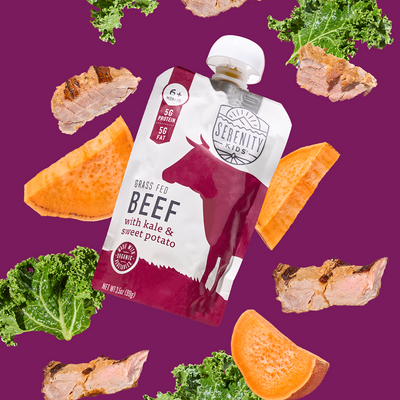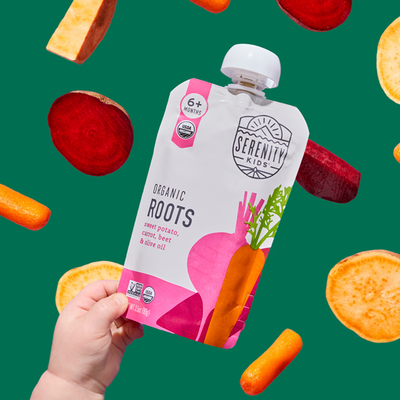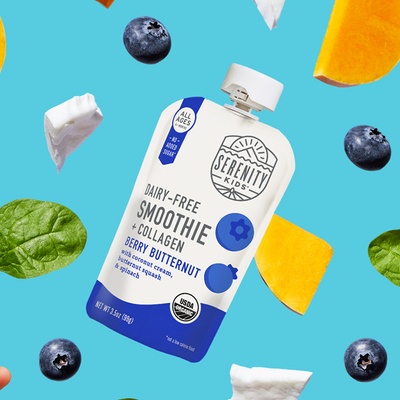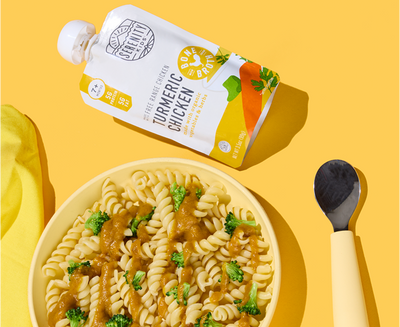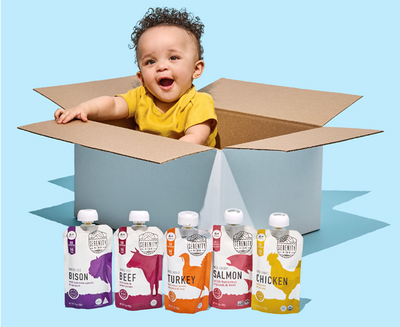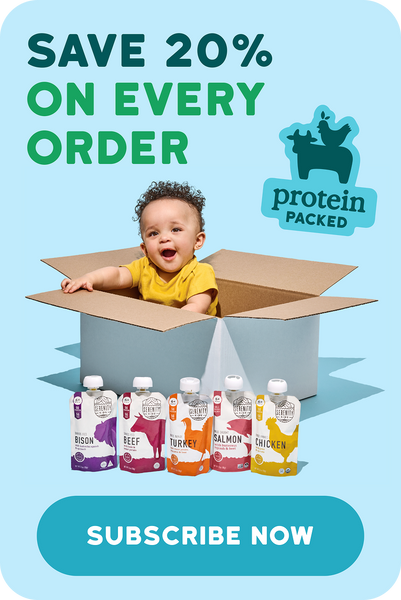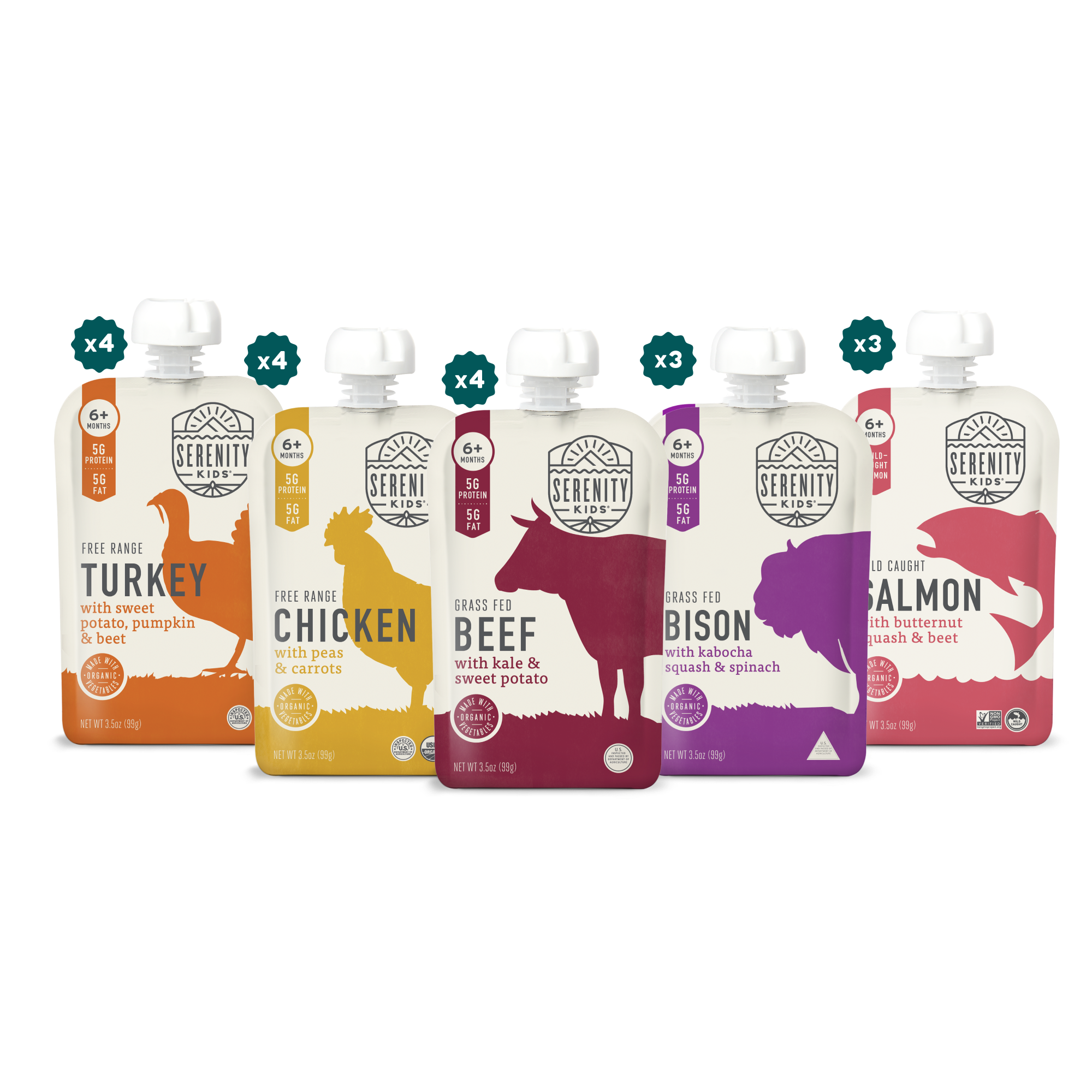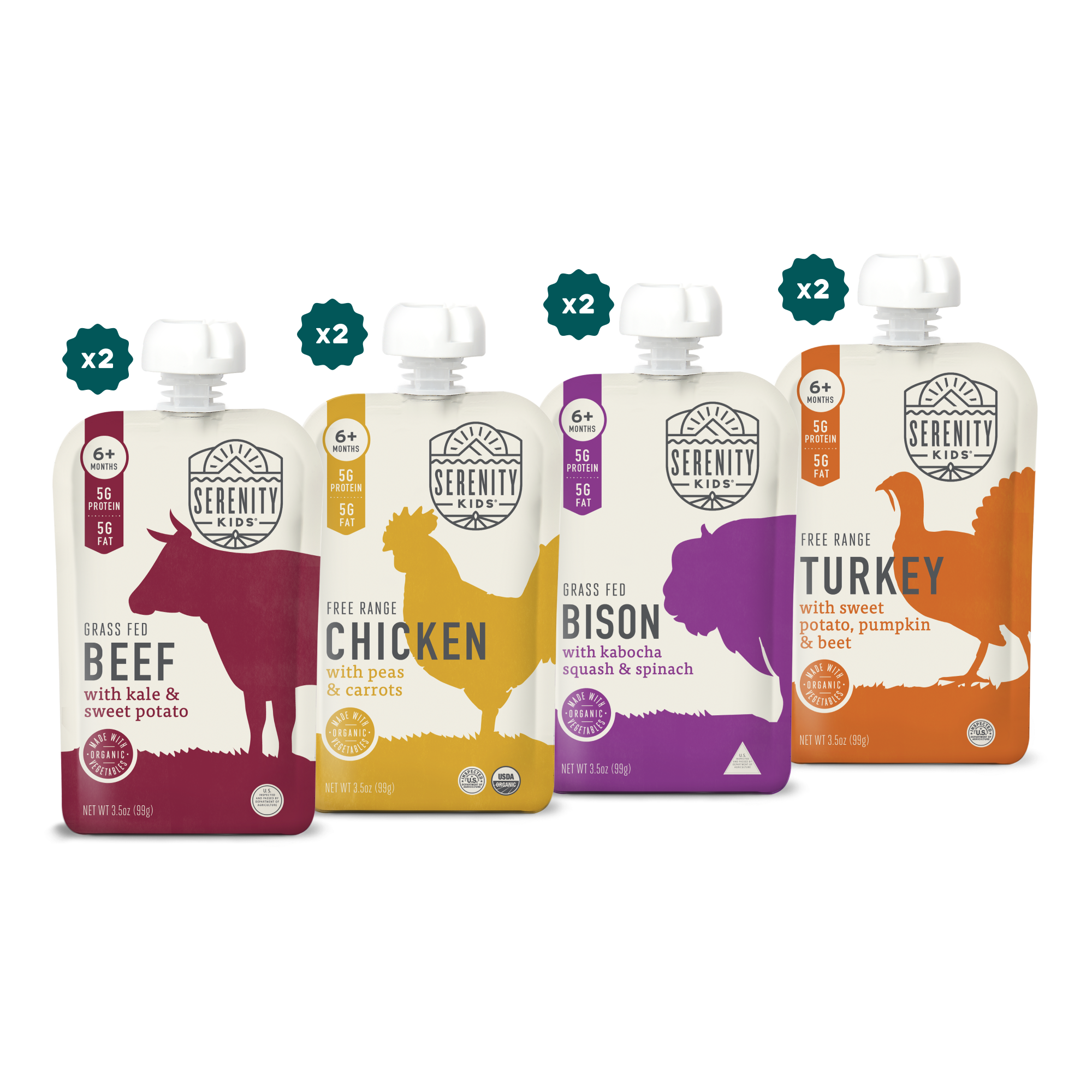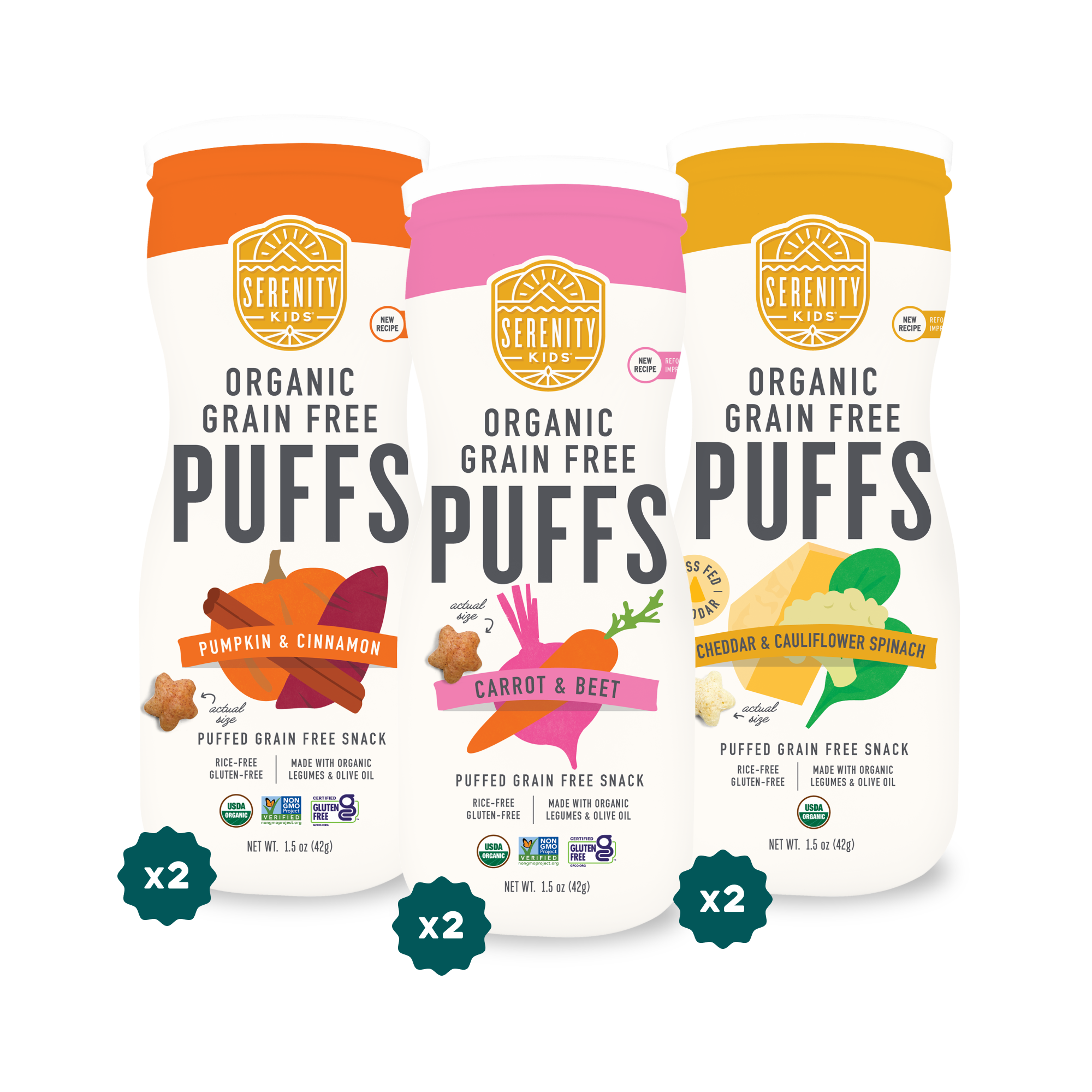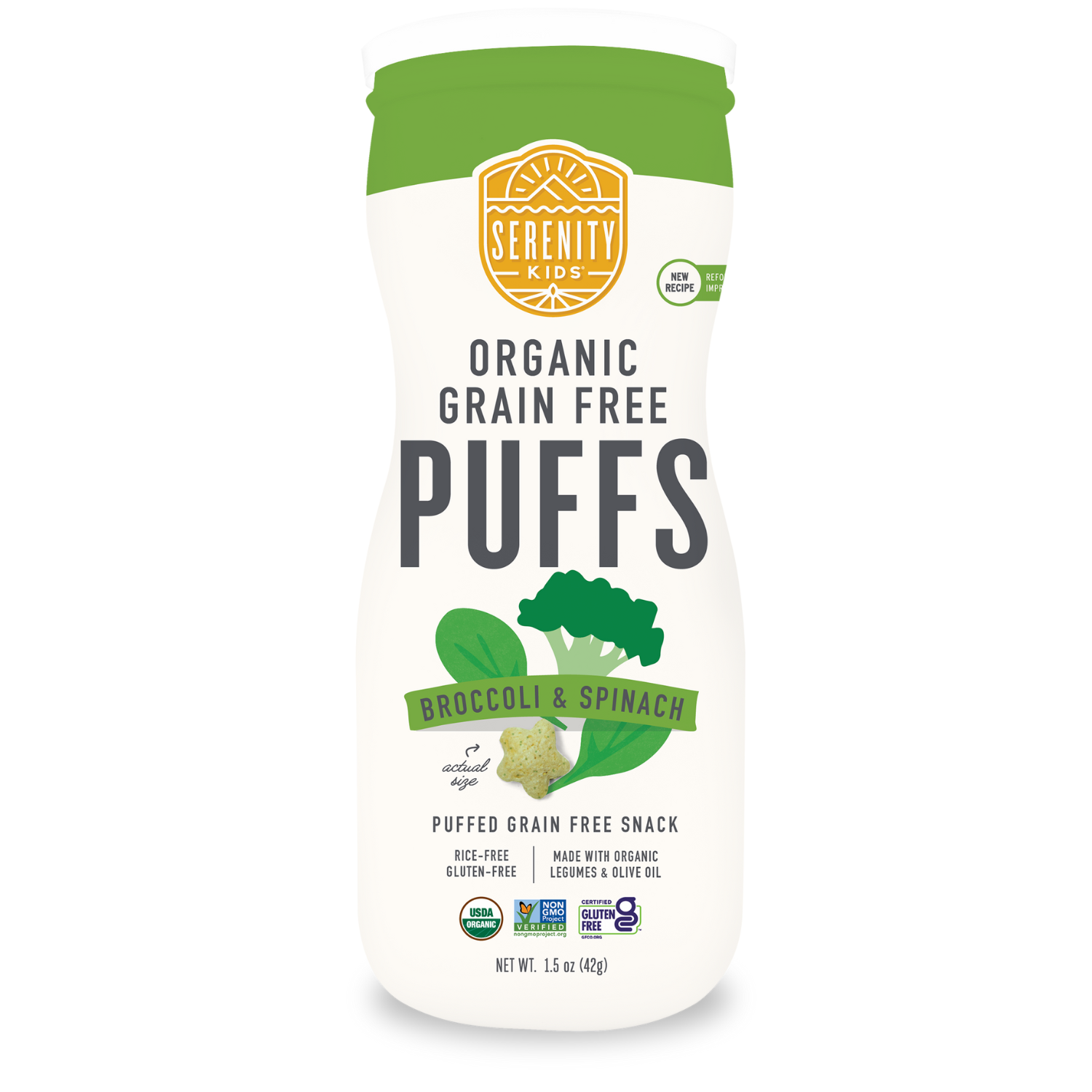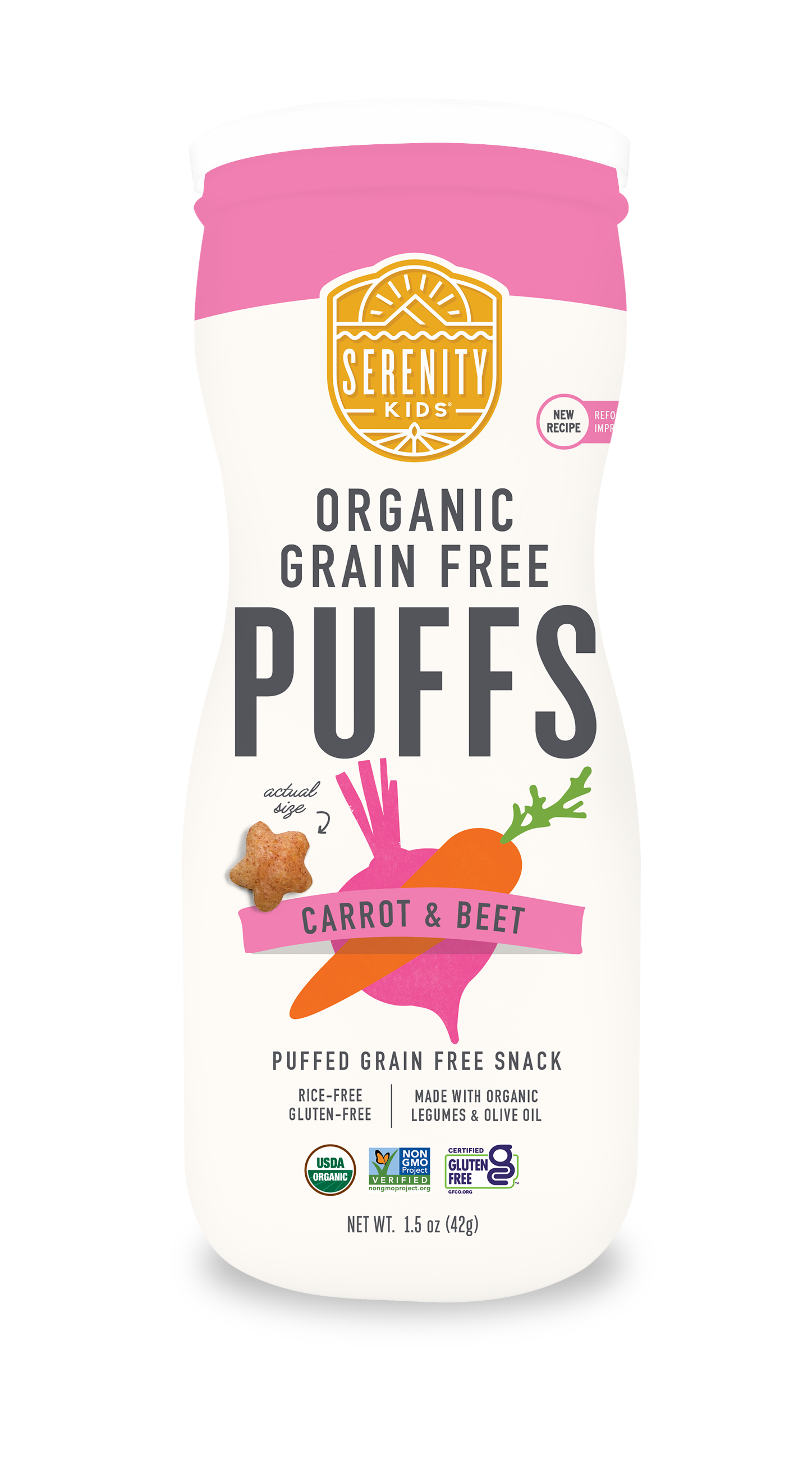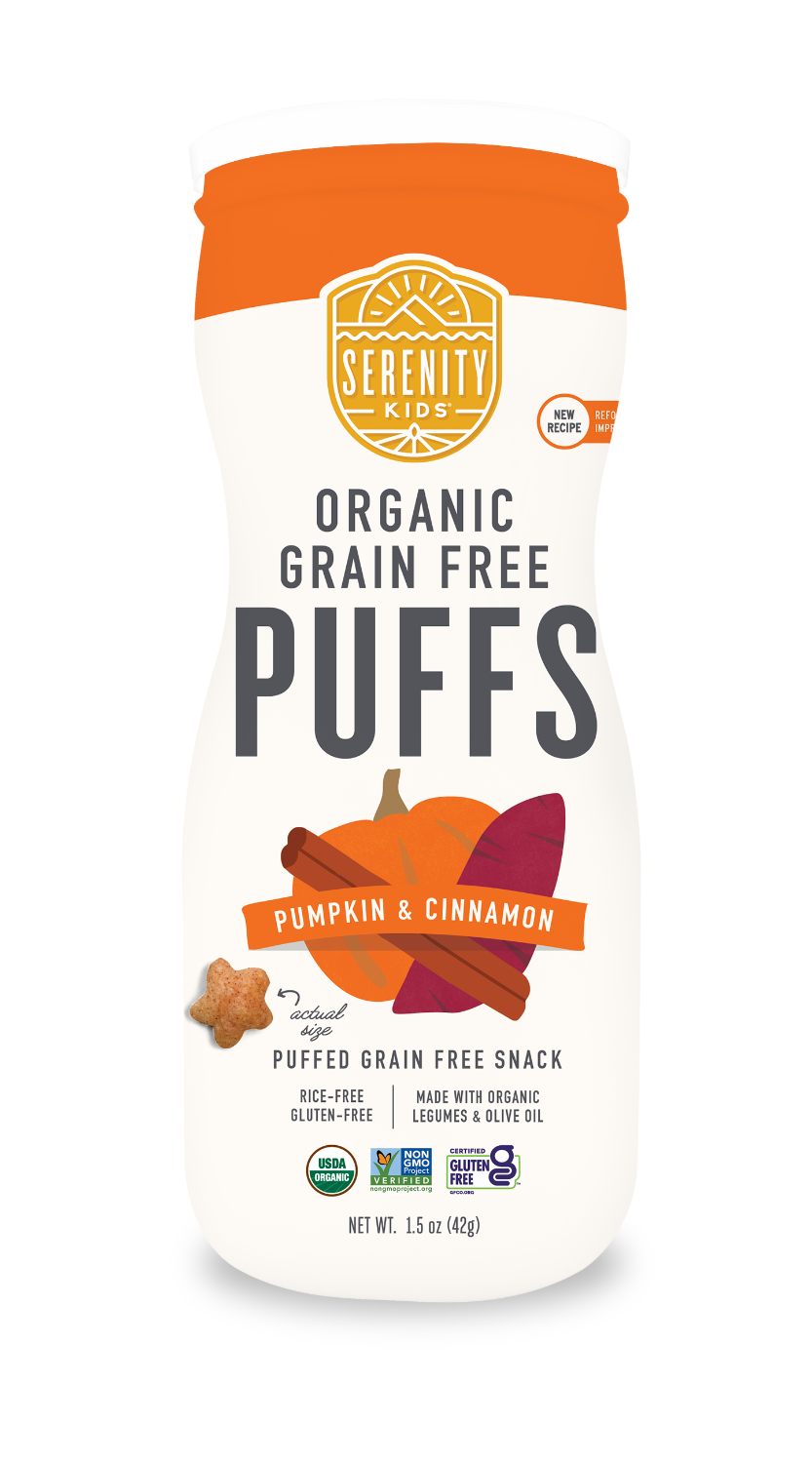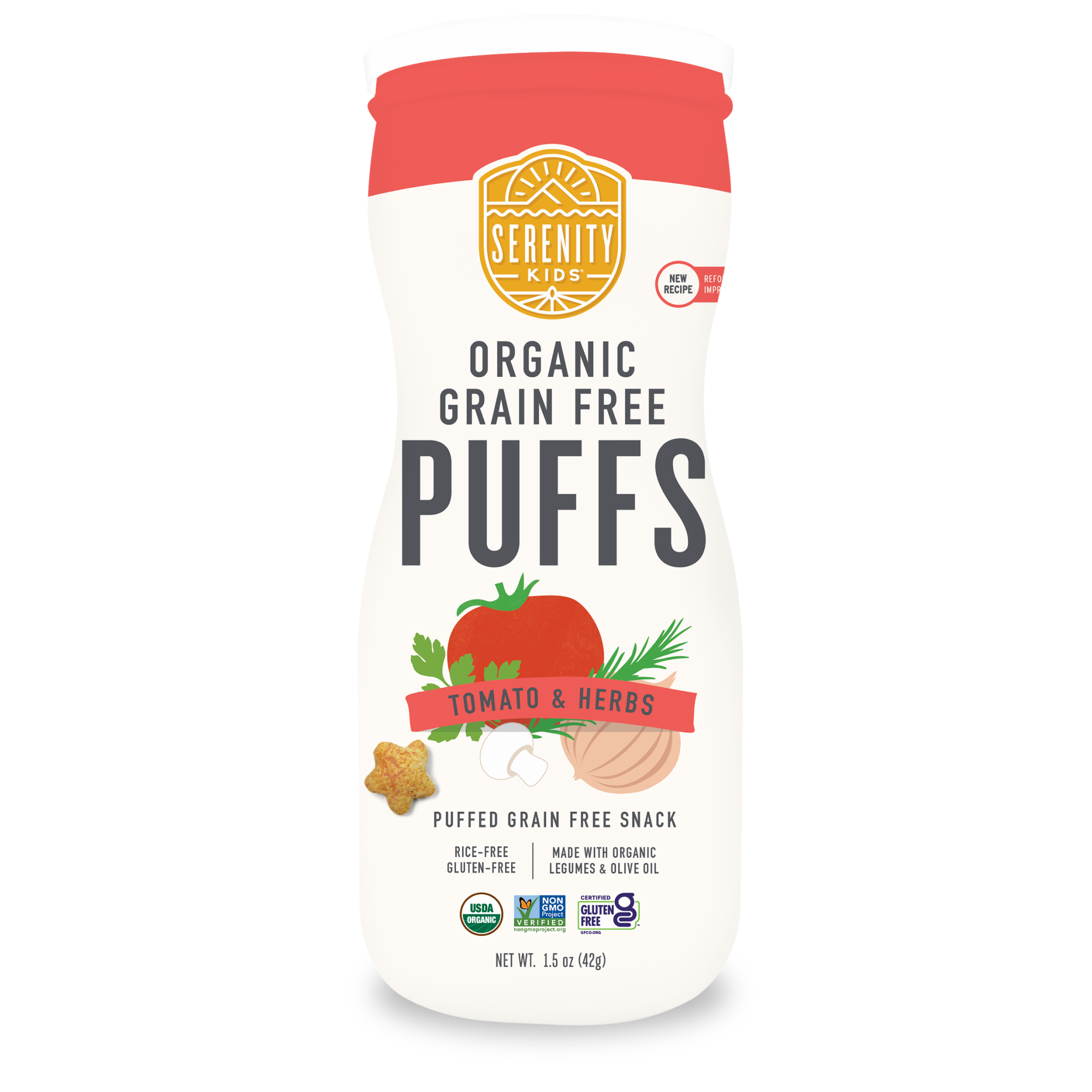By: Hillary Bennetts
There is a lot to think about in the days, weeks, and months after you give birth. It’s exciting, but overwhelming. You’re full of love, but sleep-deprived. So thinking about how you are going to feed yourself may seem a bit overwhelming. But as with pregnancy, properly nourishing your body during this postpartum period is important for both you and baby.
Your body is recovering from an incredible feat, and if you are breastfeeding, it is supplying the nutrients that your little one needs to survive and thrive. Here are five tips to help you and your little one get the best start together.
1. Nourish for two
Just as in pregnancy, your nutrient needs are higher when you breastfeed. Mamas often think of needing extra calories during this time, but not all calories are created equal. Focusing on whole, unprocessed, nutrient-dense foods will help your body to heal from labor and delivery, replenish any depleted stores from pregnancy and breastfeeding, and fuel your body for the (many!) demands of parenting.
Research has shown that the concentrations of certain major minerals in human milk are not affected by the diet. However, in the case of calcium, this means that if it isn’t consumed in sufficient quantities for both mama and baby, the calcium stored in the mama's bones can be drawn upon to supply her breast milk with what baby needs. It’s a pretty amazing feat of the female body, but can leave the mama depleted and at risk of low bone density. Aim for 1,000-1,300 mg of calcium daily. Good sources are leafy green vegetables, broccoli, sardines, and grass-fed dairy, if tolerated.
For other nutrients, your own nutrition does impact that of your milk. The vitamin content of human milk is dependent upon the levels of vitamins A, C, D, E, K, and the B complex that the mama has stored in her fat cells and liver, as well as her current intake of these vitamins. Therefore, chronically low intake of these vitamins may result in milk that contains levels that are less than ideal for baby.
In addition to a mama’s diet impacting the vitamin content of milk, research has shown that while the amount of fat in breast milk does not vary by diet, the proportion of different types of fatty acids does. For example, one study showed that mothers in South Africa who eat a traditional maize diet have less monounsaturated fatty acid in their milk than urban mothers who consumed more animal proteins and fats.
In short, the quality of what you eat matters for you and your little one. Aim for nutrient-dense whole foods (think grass-fed and pastured meat and eggs, wild-caught fish, nuts, seeds, vegetables, and fruit) for the benefit of you both!
2. Balance your blood sugar
Keeping your blood sugar balanced will help to manage hunger, cravings, and energy. How do you do it? Aim for each meal and snack to contain a high-quality source of protein, fat, and fiber. It doesn’t have to be complex or complicated — a quick meal could be a couple eggs scrambled with some greens and salsa and topped with avocado. A snack can be as simple as some mixed nuts, berries, and a hard-boiled egg.
Make it easy on yourself and prep ahead — hard-boil a big batch of eggs to have on hand in the fridge, portion out single-serving bags of nuts and leave them by your nursing areas for a quick grab and go snack, and swing by the salad bar at your grocery store for some fresh veggies that are already washed and cut.
3. Supplement as needed
When it comes to nutrition, I have a “food-first” philosophy. That said, it isn’t always possible or practical to ensure that 100% of your nutrient requirements are met through diet alone, particularly during the whirlwind that is the fourth trimester (and beyond!).
While it can be wise to continue your prenatal vitamins during the postpartum phase, you may also want to consider some specific targeted supplementation to fill gaps that exist in your diet. As a nutritionist, I work with clients to evaluate the composition of their current diet against recommended values and then work to increase consumption of nutrient gaps through food and supplementation. You can do a similar analysis yourself. For example, unless you are eating wild caught fatty fish a few times a week, you could likely benefit from a fish oil supplement rich in essential fatty acids EPA and DHA.
4. Stay hydrated
Just as caloric needs increase during breastfeeding, so do hydration needs. After all, you’re sharing several ounces of fluid with your little one every day and night!
Since so many variables exist that affect your individual fluid requirements (e.g., your body composition, activity levels, environment, etc.), there is no concrete recommendation on how much fluid a lactating woman should drink daily. The amount needed to stay hydrated will vary day-to-day, but a good minimum target is to aim for half of your body weight in ounces. Signs that you may need to increase fluid include headaches, dark urine, and hard stools.
Since It can be hard to remember (or take the time) to stay hydrated, I recommend mamas make it easy and enjoyable to drink. That might mean leaving water bottles around the house where you tend to nurse, infusing a big pitcher of water with your favorite fresh fruit or herbs, investing in a big insulated cup if you like your water cold. This is a great opportunity to enlist the help of your partner or visitors too. Ask them to refill your water and make sure that your cup is full before you go to bed and first thing in the morning.
And remember that other fluids count toward hydration, too. Things like herbal teas and bone broth have benefits beyond hydration and can help mix up monotony from water.
Finally, we can’t talk about fluids without addressing two that may be on your mind now as a new mama—caffeine and alcohol. Both can be safe in moderation, but both do transfer to your milk and can also be dehydrating, so talk with your doctor about safe levels when breastfeeding.
5. Give yourself grace
While nutrition is certainly important, postpartum is not the time to strive for perfection. I encourage all mamas to do their best to make healthy choices and establish healthy habits, but not at the expense of your sanity. Bonding with your little one while nurturing yourself and your newly-expanded family through rest, recovery, nutrition, and as much sleep as you can manage is a balancing act. Feeding your body well is an act of self care, but striving for perfection is a recipe for stress. Don’t lose sight of the fact that by breastfeeding (in any capacity) you’re providing your baby with the most nutrient-dense first food that exists. So please, remember to give yourself grace and enjoy the ride!
Sources:
https://www.nap.edu/read/1577/chapter/1
https://www.ncbi.nlm.nih.gov/pubmed/3383825?dopt=Abstract
 Hillary Bennetts is the founder and owner of Purposeful Plate Nutrition. A member of the National Association of Nutrition Professionals, she provides nutrition consulting services to individuals and businesses. Hillary holds a BA in Economics from Washington and Jefferson College, an MBA from Emory University, and an NC from Bauman College. A marathoner, mountain climber, and mama, she lives in Colorado with her husband, son, and golden retriever.
Hillary Bennetts is the founder and owner of Purposeful Plate Nutrition. A member of the National Association of Nutrition Professionals, she provides nutrition consulting services to individuals and businesses. Hillary holds a BA in Economics from Washington and Jefferson College, an MBA from Emory University, and an NC from Bauman College. A marathoner, mountain climber, and mama, she lives in Colorado with her husband, son, and golden retriever.
Instagram: https://www.instagram.com/purposefulplatenutrition
Website: www.purposefulplatenutrition.com
Buy Now

